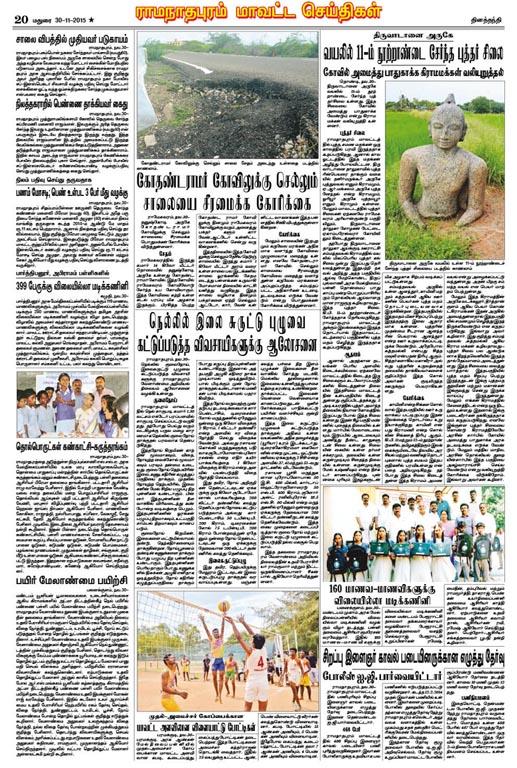Beautiful Buddha Statue( 5 feet) Unearthed Near Thiruvadanai, Ramanathapuram District, Tamil nadu

Thanks to : http://www.dinathanthiepaper.in/firstpage.aspx?editioncode=24#
Sakyamuni Buddha Vihar - Tamil Nadu is a registered Religious and Public Charitable Trust. Sakyamuni Buddha Vihar aims to restore original Buddhism in India, in its pure form as taught by Lord Buddha. In order to promote harmony, justice, equality,fraternity and freedom for Man kind. Namo Buddhaya